2. Biochromes¶
The focus of this week is on exploring coloring alternatives to the current ones. As the dyeing of fibers and textiles is one of the most environmentally disastrous processes there is. Chemicals are released daily in rivers and nature destroying the environment around us. Very few options are being explored in this fast changing fashion, clothing and textile industry, and the list of chemical treatments is only expanding. Therefore we’ll explore alternative color sources and their processing. Ranging from plant based, insect base and bacteria based pigments.
Assignment week 2¶
More information can be found on the textile academy program: Fabricademy Handbook: Class 4 - Biochromes • Produce at least one natural dye or bacterial dye: • Natural dye - modifying it’s color and mordanting it in different ways to dye at least 2 different categories of fibers • Bacterial dye - Explored dyeing with bacteria of different fibers and/or bacteria • Produce at least one botanical or bacterial ink: • Botanical Ink - explore different materials, recipes and understand how to adjust them based on the ingredients • Bacterial Ink - explore bacteria solvents and understand how to adjust or use the inks • Document your recipes, the ingredients and process and if there have been changes, document your unexpected discoveries • Name your materials, classify them by typology and display them in a systematic order of samples. EXTRA POINT Submit some of your swatches to the analog material library of your lab.
Useful links¶
Fabrics Natural Dye¶
Protein: Wool Silk Chiffon silk Pongee silk
Cellulose: Biological linen Voile cotton Lyocell (tencel) Hemp and cotton mix Hemp Watercolor paper
Process¶
Making Marker ink
I worked with madder root which I combined with the denatured alcohol in a glass pot. I left it in there for 24hrs shaking it before and afterwards.
Madder marker ink: • 2 grams madder • 100ml 96% alcohol
Making Modifiers
Modifiers shift the color due to a chemical reaction. I find this a magical process. Modifiers which I used: • Iron Sulphate Combination of 2 gr iron sulphate and 200 ml warm water • Soda Ash (Alkaline) Combination of 2 gr Soda & 200 ml of warm water • Vinegar (Acid)
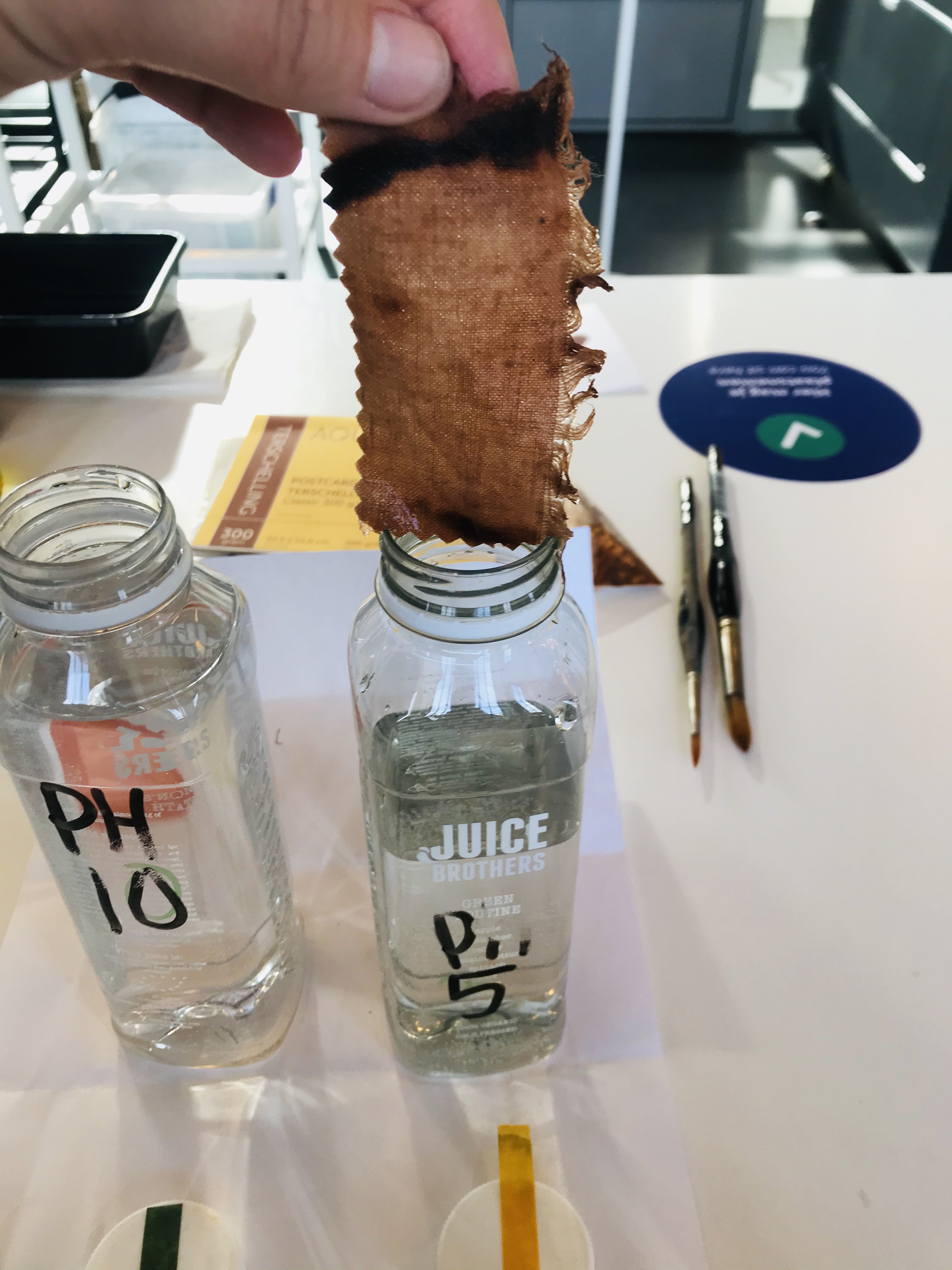
Dyebaths¶
I have made two dyebaths
MADDER 5 gr madder 1 L water Around 30 degrees 15 min cooking
 Madder samples
Madder samples
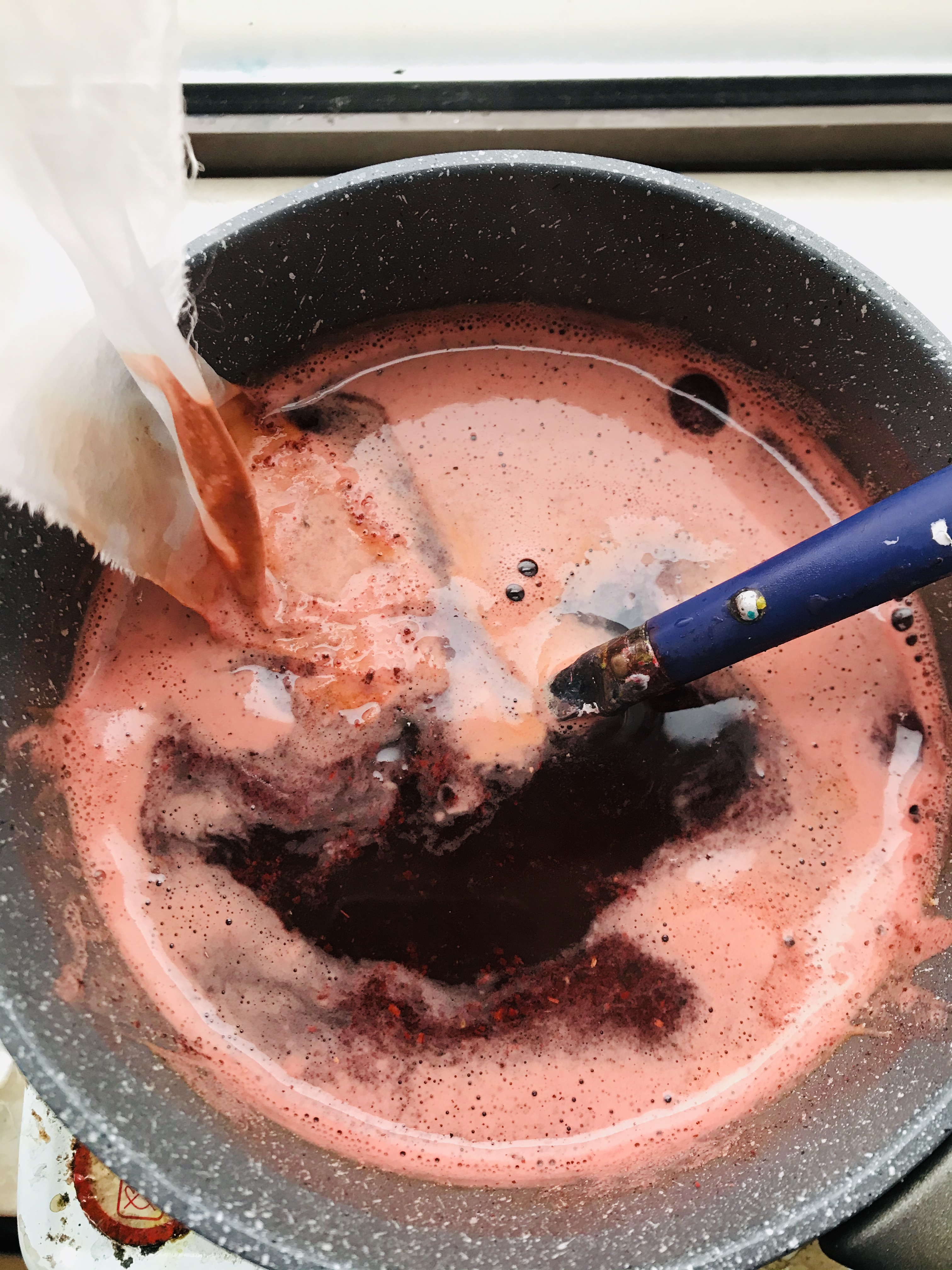 Madder bath
Madder bath
AVOCADO 3 avocado skins 1 L water Around 30 degrees 1,5 hours cooking/burning
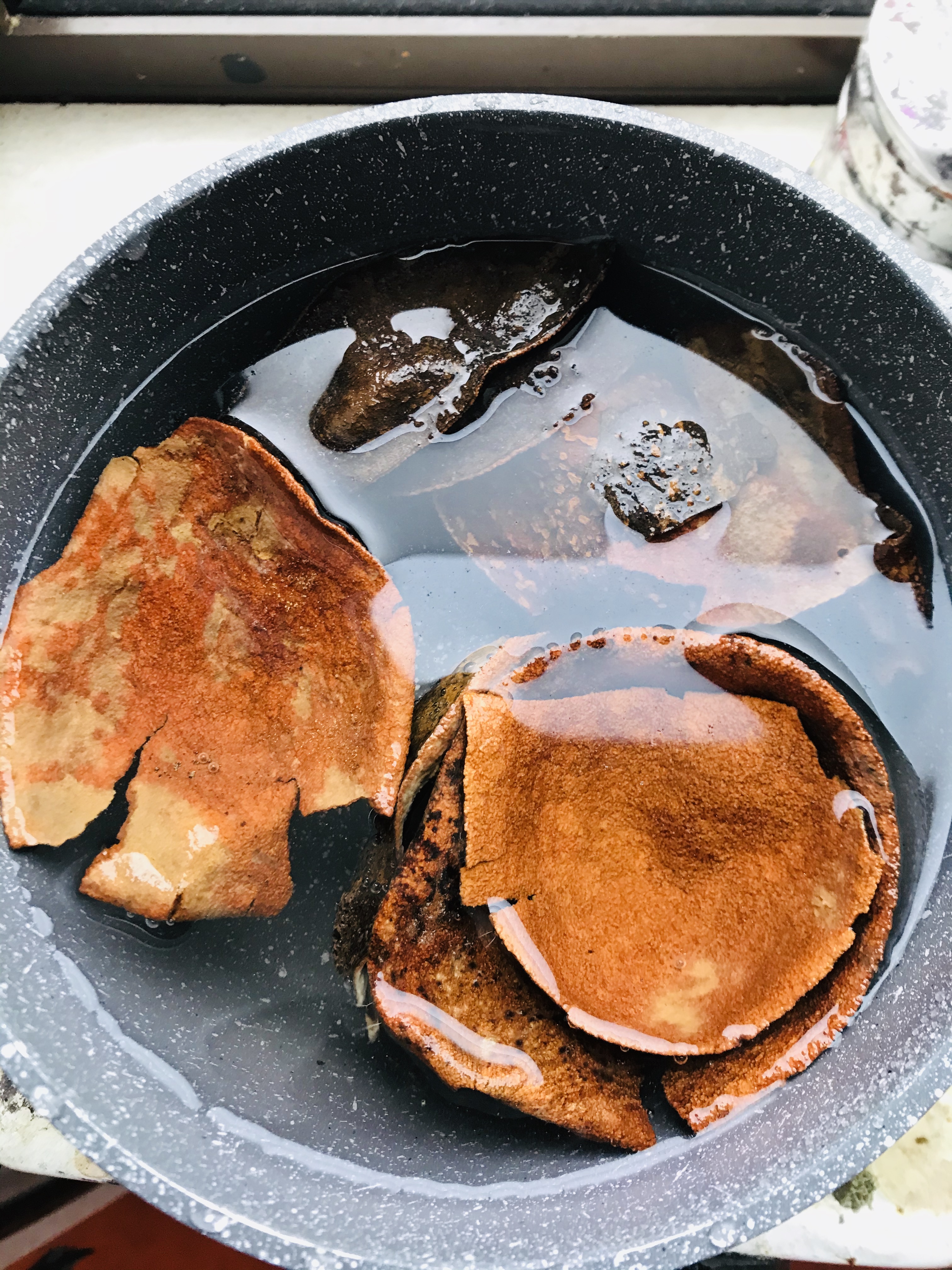 Avocadoskins in the bath
Avocadoskins in the bath
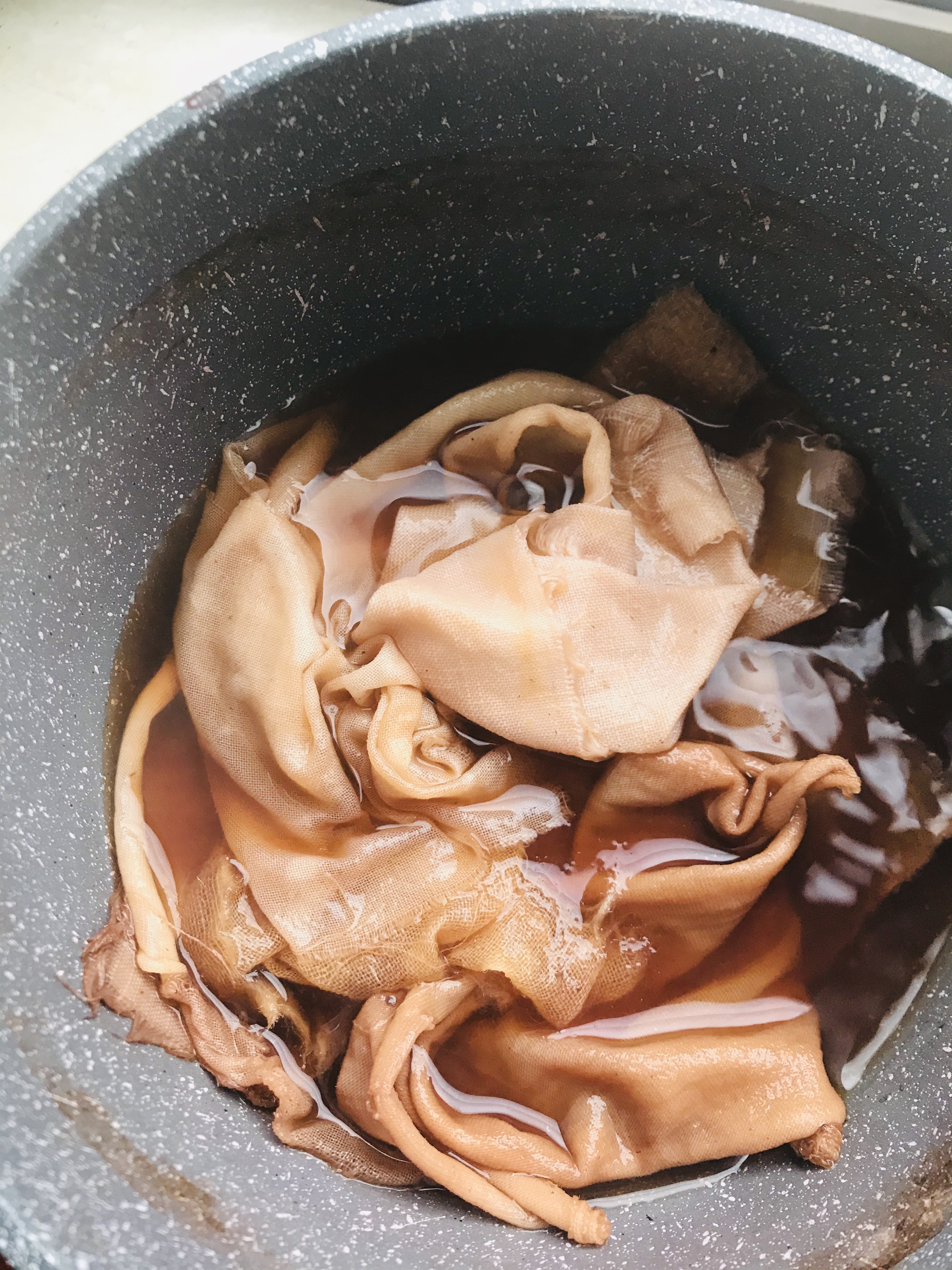 Result 30 min. Dyeing
Result 30 min. Dyeing
 Result when I forgot about the bath and started to burn. Which created really beautifull patterns.
Result when I forgot about the bath and started to burn. Which created really beautifull patterns.
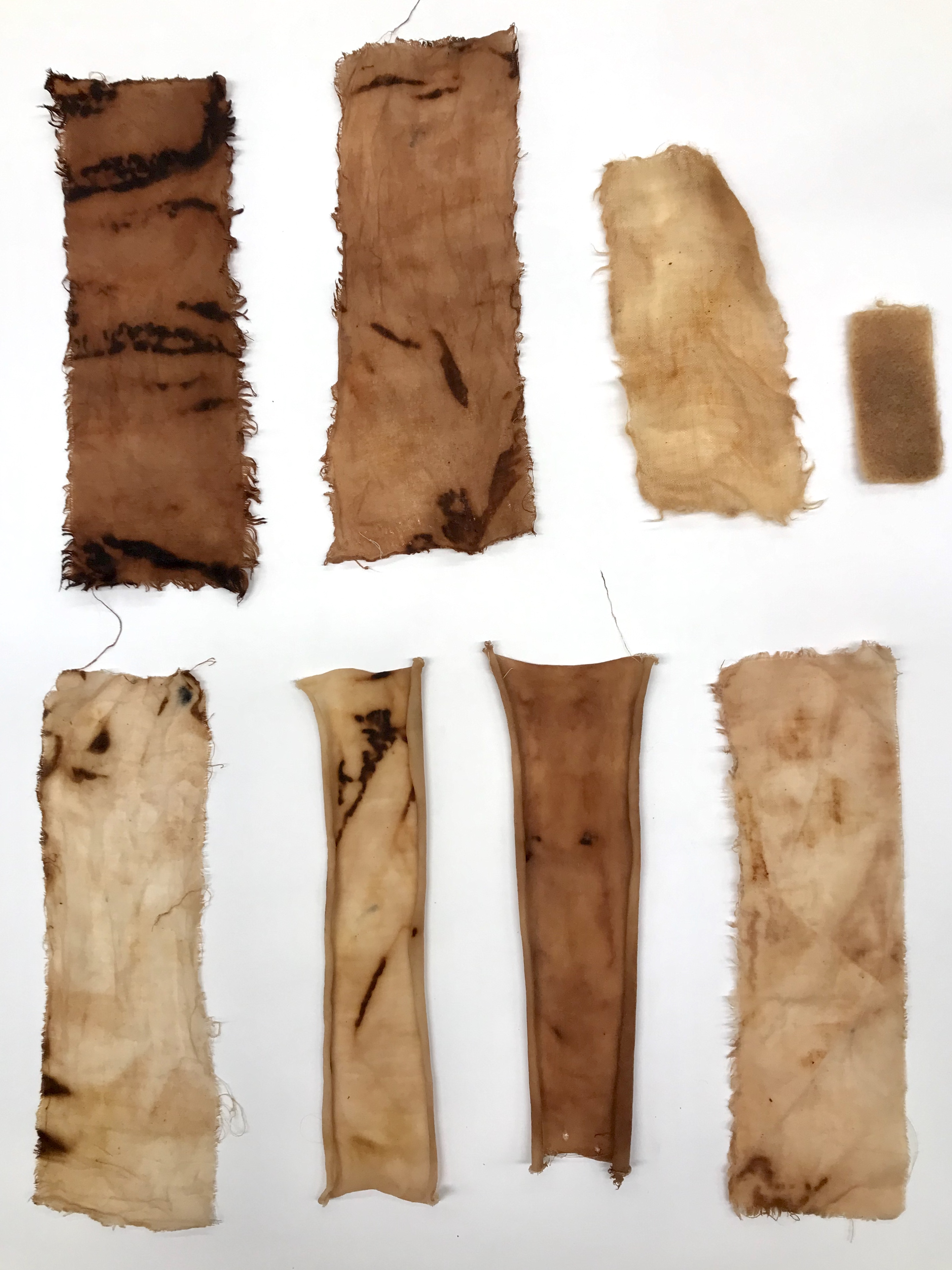 Avocado samples
Avocado samples
Making Pigment

Extracting and drying the left over from the Madderbath to create screenprintingpaste.
Material archive¶
For the materialarchive we selected samples and making labels

Bacterial dye¶
We have been working with the Bacteria Serration Marcescens which gives a pink color. We got the bacteria from Waag Society and did the enting ourselves at the Makerslab of the HVA.This is a Lab01 Bacteria. Which means that the risks are very low and you work with it in a 'non professional' Wetlab.
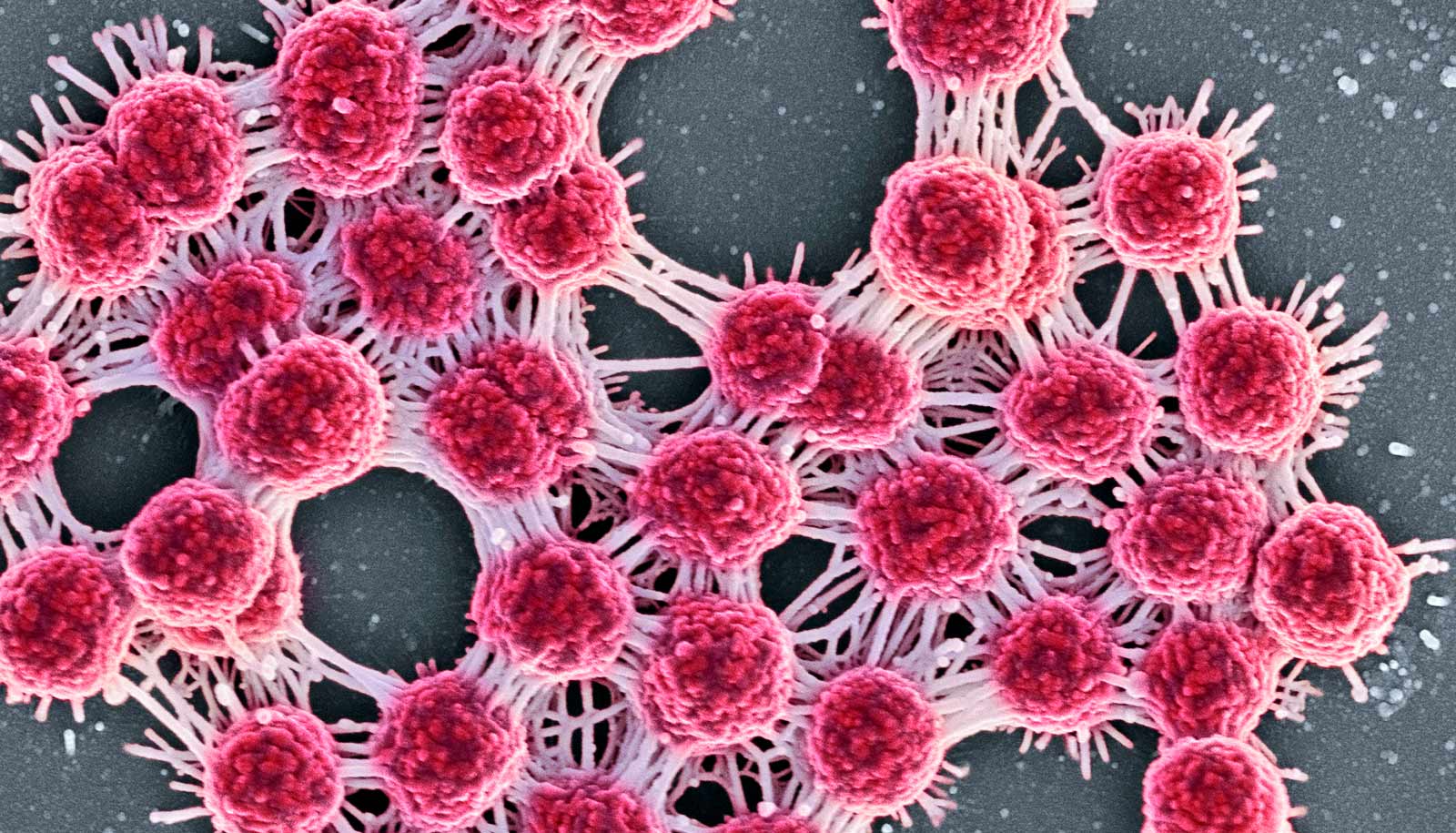 A microscopic view of Serration Marcescens
A microscopic view of Serration Marcescens
 Enting process at the Makerslab HVA
Enting process at the Makerslab HVA
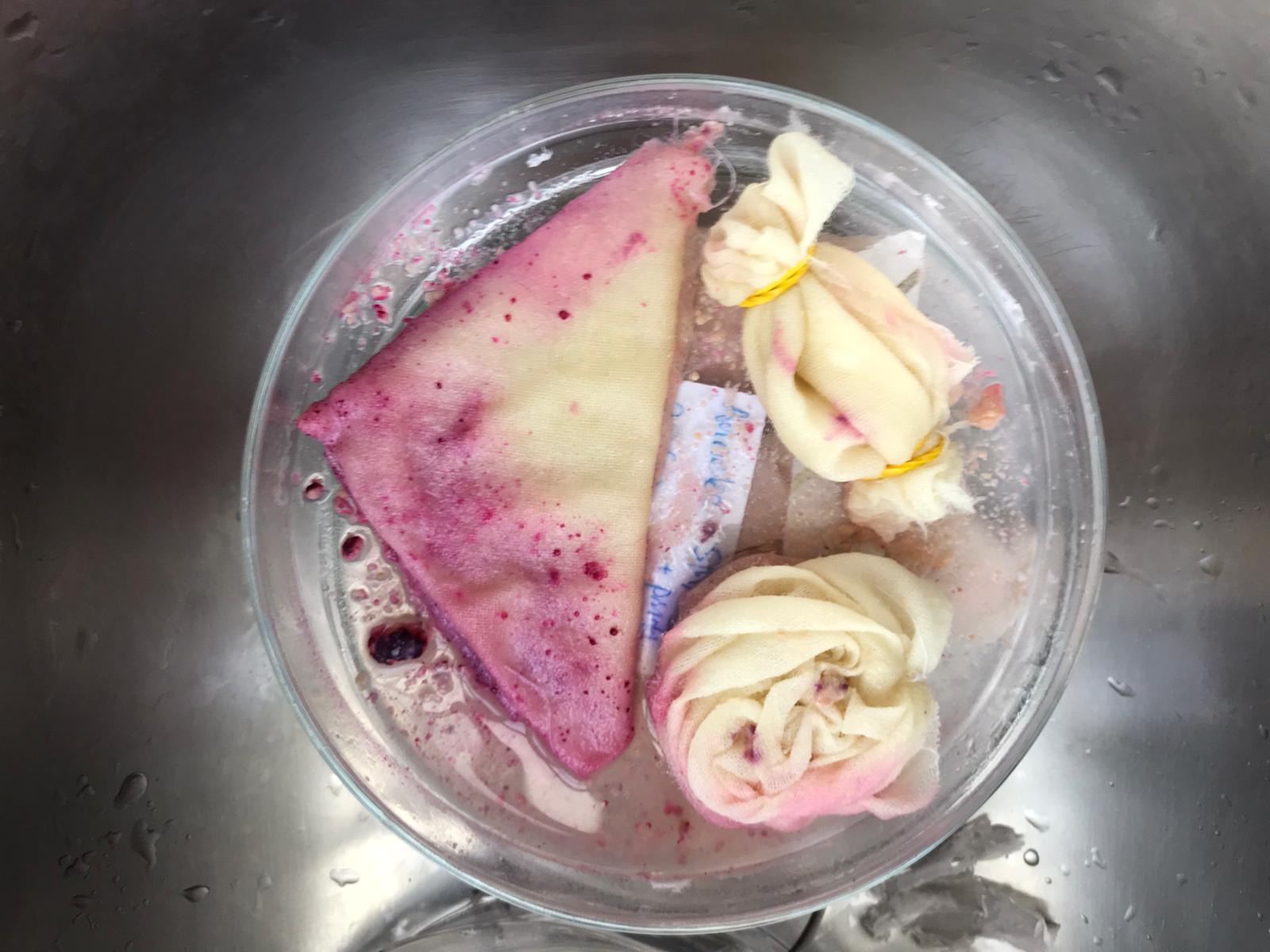 Ented piece of wool.
Ented piece of wool.
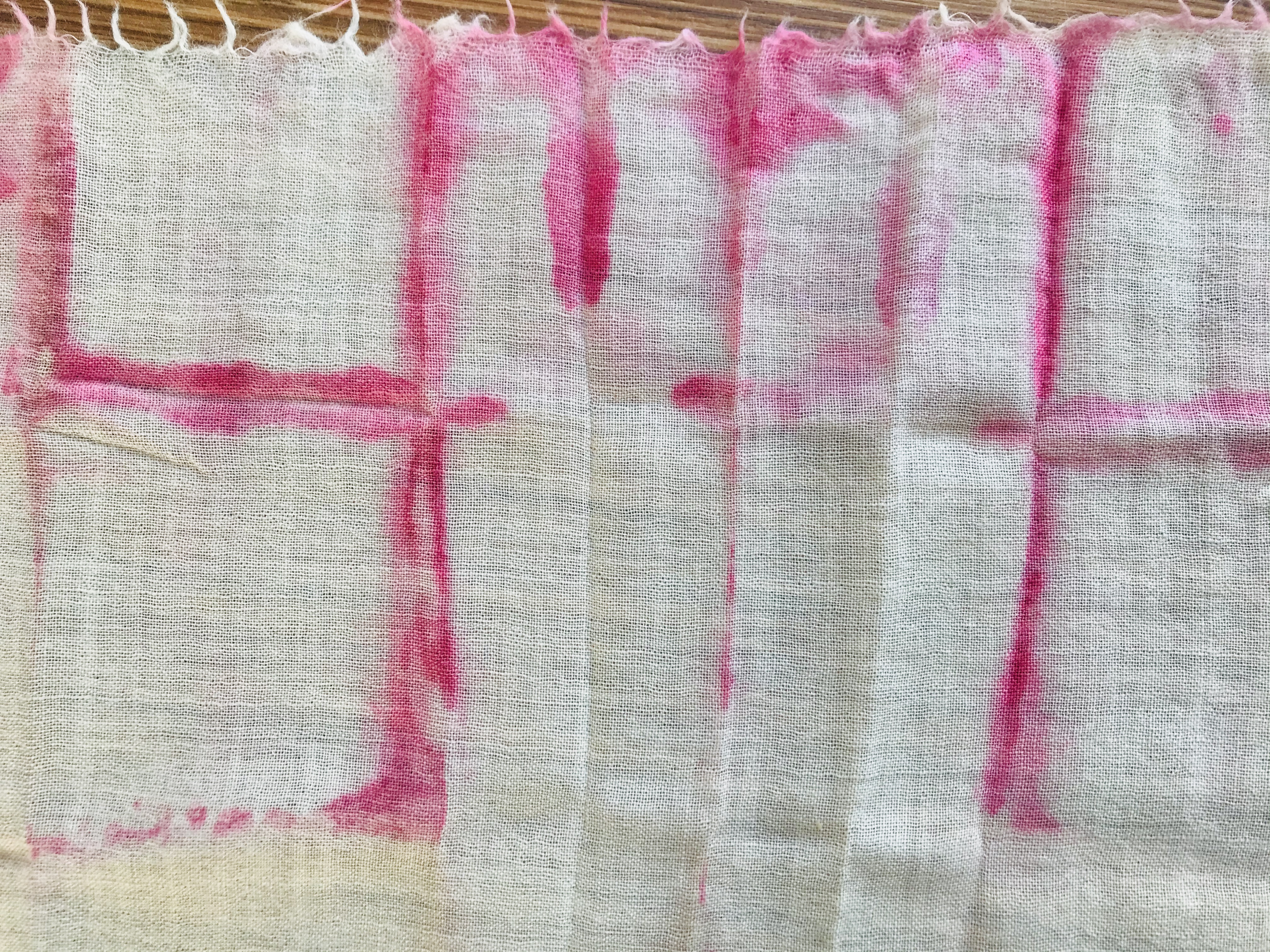 Result after one week.
Result after one week.

Inpsiration¶
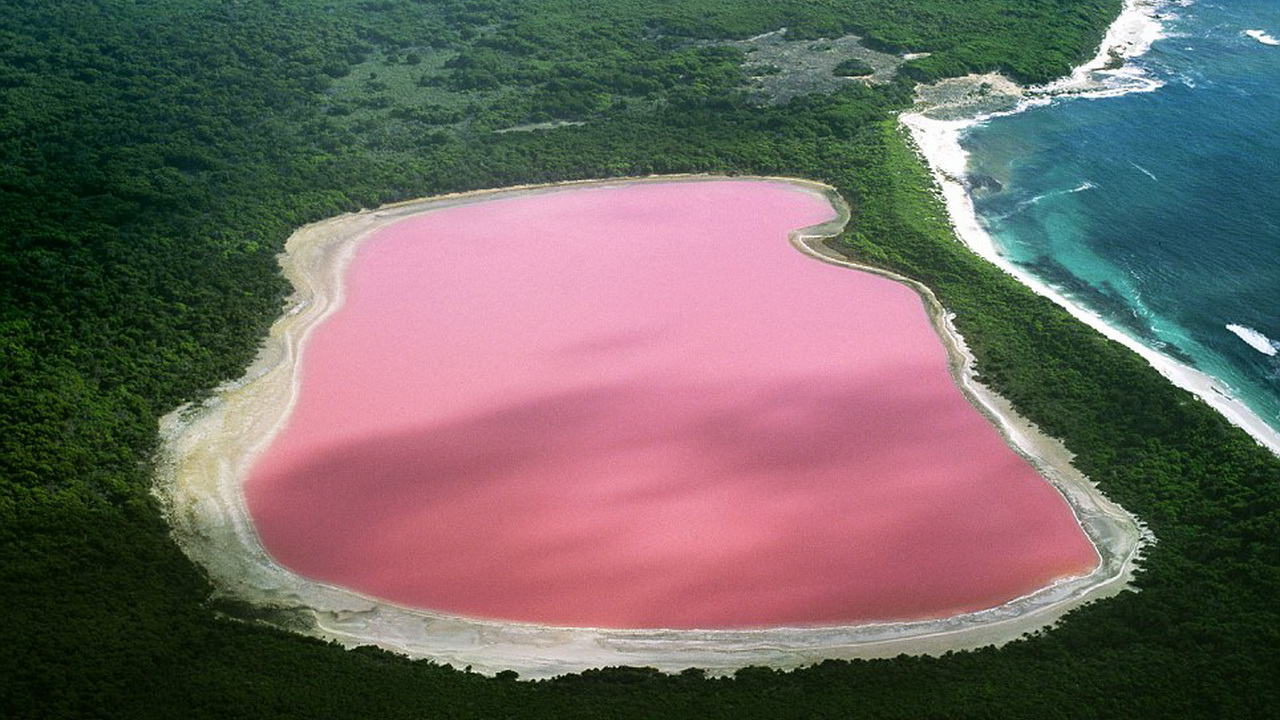 The Meyil Obruk Lake in the Central Anatolian province of Konya has turned pink due to the bacteria formation resulting from high temperature and low water level, an academic from Konya Technical University has said.
The Meyil Obruk Lake in the Central Anatolian province of Konya has turned pink due to the bacteria formation resulting from high temperature and low water level, an academic from Konya Technical University has said.
“The change of the color depends on the tremendous increase of bacteria due to the decrease of the water level as we see here in the Tuz Lake or the Meke Lake in the region,” Fetullah Arık, the head of the Department of Geological Engineering, said yesterday.
The pinkness of the Meyil Obruk Lake, located in the Karapınar district, is a result of artemia salina bacteria, said Arık, adding some details about the sinkhole.
“The sink-hole, which has a one-kilometer diameter, is one of the oldest ones in the north region of Karapınar and is filled with underground water,” he added.
The water of the lake is salty and no creature other than the bacteria is found, according to Arık.
Saying that the status of the Meyil Obruk Lake is similar to the Tuz and Meke lakes in the region, Arik notes that the color of these lakes can also turn to red.
Locals are of the view that as the color of the lake has turned pink, it can be inviting for the tourists to take a look at while it’s still there.